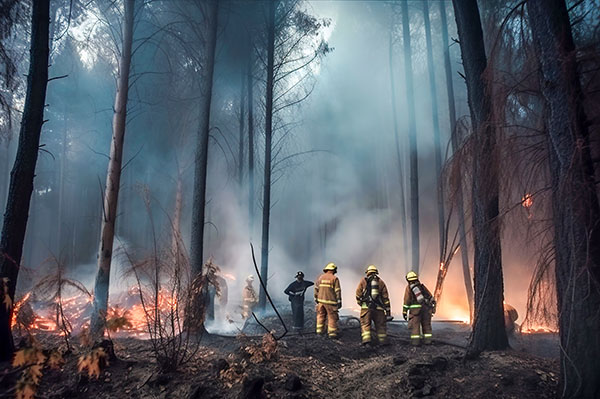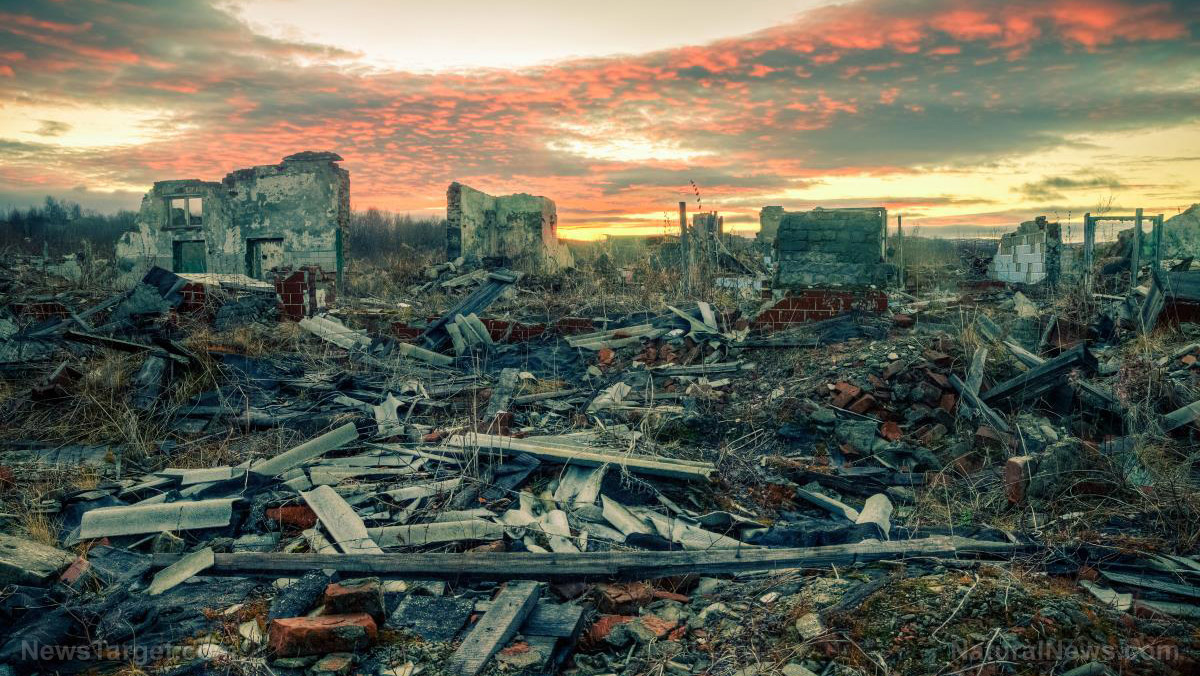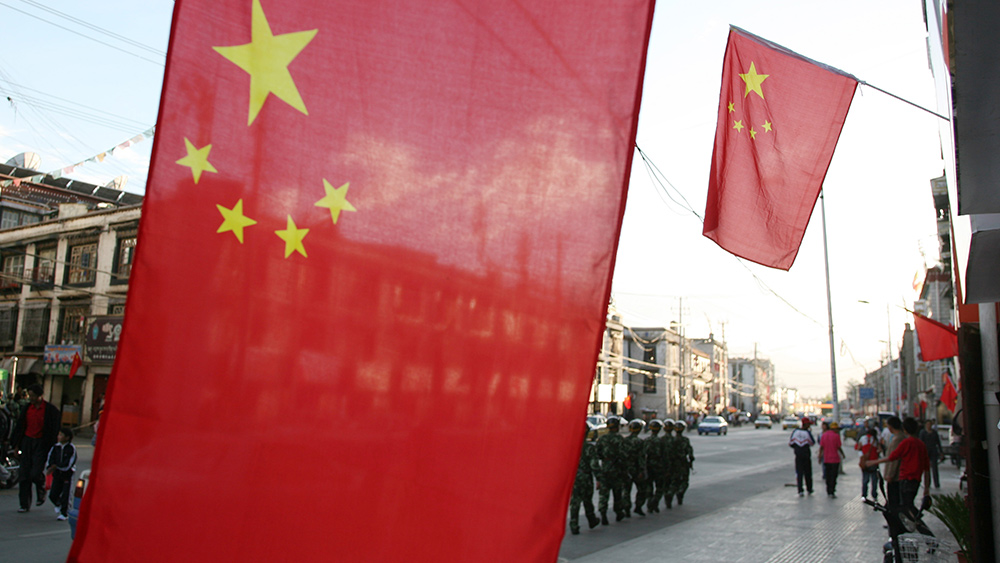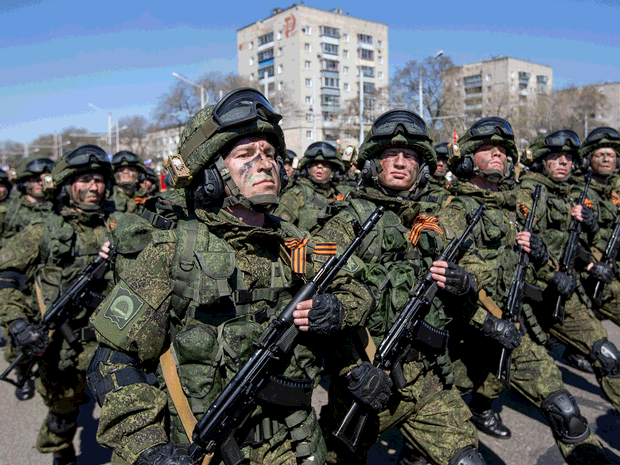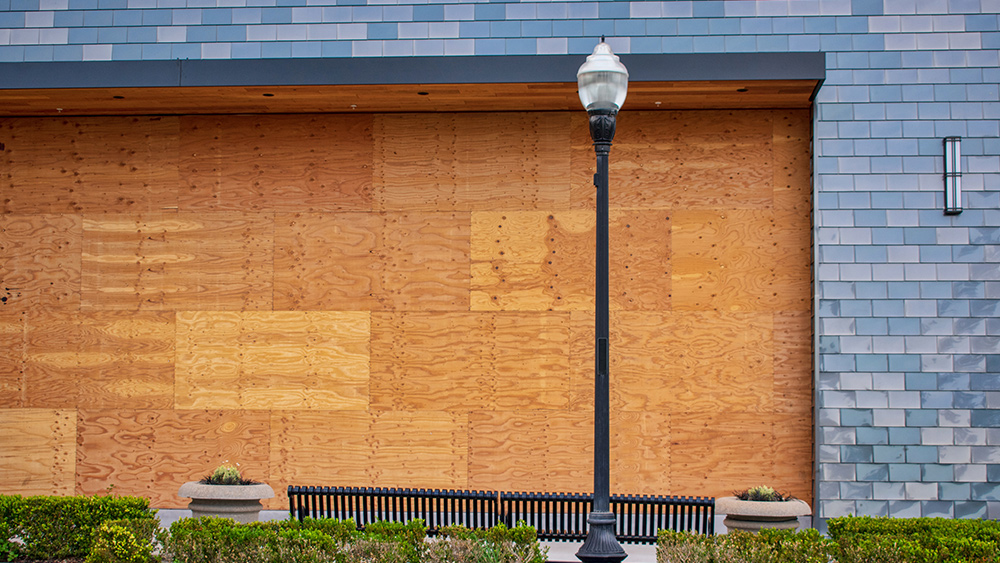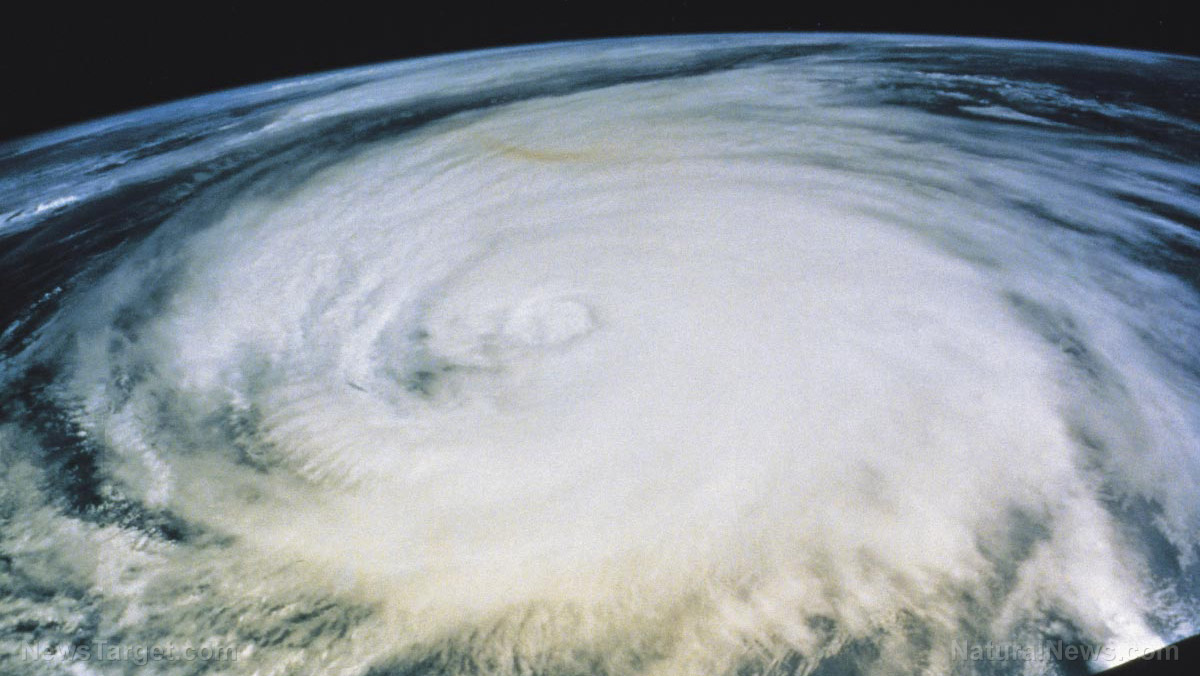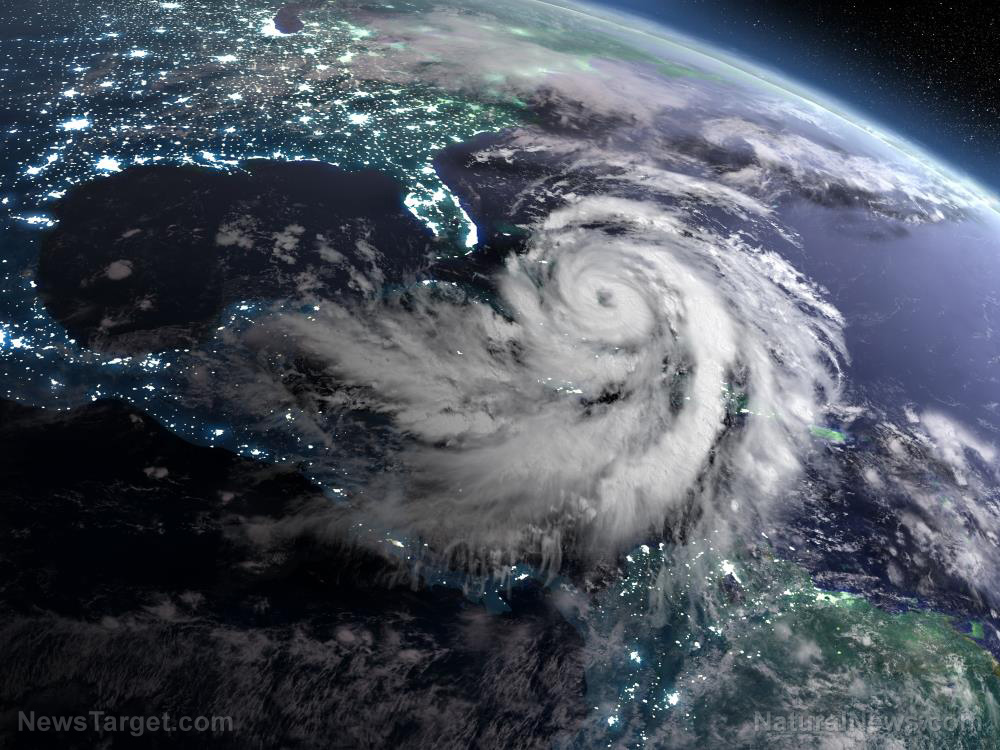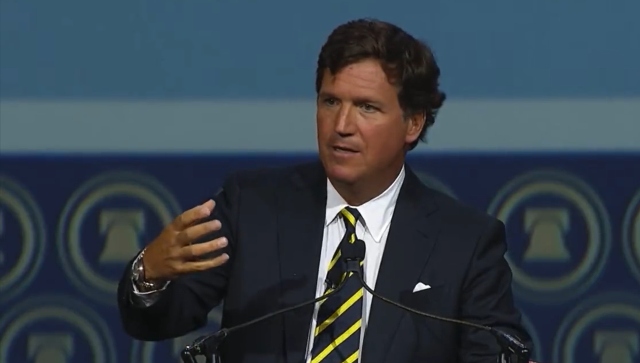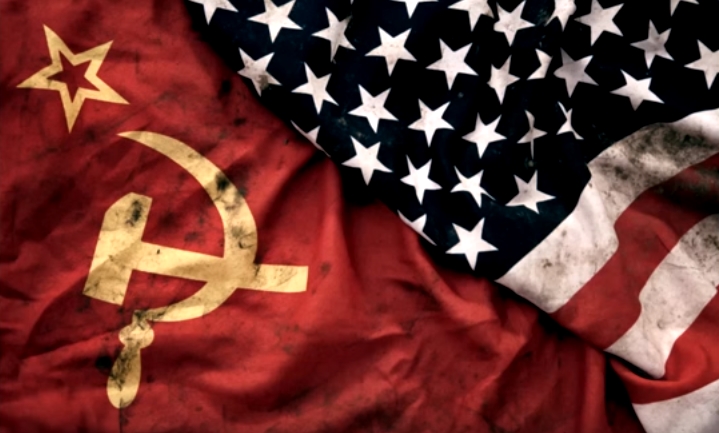Russia’s nuclear-capable Satan II ICBM goes on active combat duty for the first time
09/06/2023 / By Arsenio Toledo
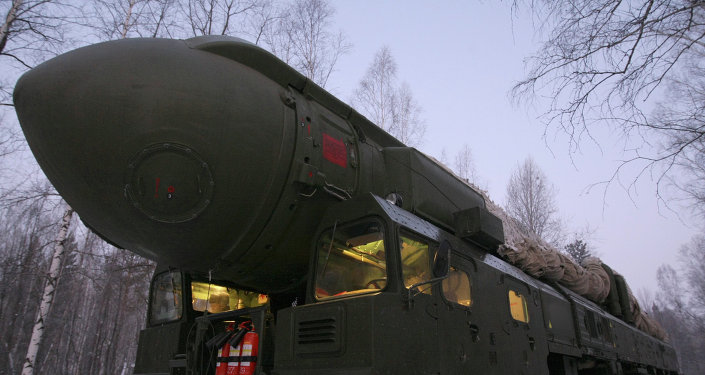
Russia announced on Friday, Sept. 1, that it had put its nuclear-capable RS-28 Sarmat “Satan II” intercontinental ballistic missile (ICBM) system on combat duty for the first time.
Russian President Vladimir Putin once described the Satan II as “invincible” and will make the nation’s enemies think twice. (Related: Nuclear-armed nations are expanding and modernizing their nuclear arsenals in anticipation of a potential global power conflict.)
Yuri Borisov, current head of Russia’s space agency, Roscosmos, announced the deployment of the Satan II missiles, but refused to divulge any other details such as where they were stationed.
Russia first started threatening to use the Satan II ICBMs against Ukraine in the first months of the special military operation in Ukraine in 2022. Putin said the Satan II would “reliably ensure the security of Russia from external threats and make those who, in the heat of aggressive rhetoric, try to threaten our country, think twice.”
At around the same time, the Kremlin claimed that it had successfully tested the Satan II ICBM and then noted that it should be ready for combat deployment by the end of 2022.
In February, another Satan II warhead was tested while President Joe Biden visited Ukrainian President Volodymyr Zelensky in Kyiv. The test was apparently unsuccessful, but following the test Putin announced that the new ICBMs would go on combat duty in Russia this year.
Satan II can strike targets almost anywhere in the world
Officially classified as a superheavy ICBM and a “superweapon,” the Satan II is among Russia’s next-generation missiles. It was first introduced into the Russian Armed Forces in 2018 after nearly a decade of development, along with other notable nuclear-capable missile systems like the air-launched Kinzhal and the Avangard hypersonic glide missile.
The Satan II was introduced to replace the aging Soviet-era R-36M2 Voyevoda ICBMs, commonly known by its North Atlantic Treaty Organization designation the SS-18 Satan, which had been in Russia’s arsenal since 1988.
Weighing in at more than 200 tons and nearly 120 feet long, the ICBM is able to transport a 10-ton payload of between 10 to 15 nuclear warheads at once. The Satan II has an estimated range of between 6,200 to 11,800 miles and a top speed of 16,000 miles per hour.
Putin even bragged that the Satan II “is capable of overcoming all modern means of anti-missile defense” through its short initial boost phase. This gives enemy surveillance and anti-missile systems only a very narrow window to track it down, and possibly shoot it down or disable it.
“This truly unique weapon will strengthen the combat potential of our armed forces,” said Putin.
Asked about Russia’s new “superweapon,” White House National Security Council spokesperson John Kirby told reporters in a conference call that he was not in a position to confirm the accuracy of reports claiming that Satan II had been put on combat duty.
Learn the latest news involving Russia at RussiaReport.news.
Watch this video discussing the latest high-tech upgrades to Russian tanks and other armored vehicles, making them near-indestructible to Ukrainian drone strikes.
This video is from the channel The Prisoner on Brighteon.com.
More related stories:
US proxy war: Kyiv’s counteroffensive kills or wounds 800 Ukrainians per day, Russia reports.
Sources include:
Submit a correction >>
Tagged Under:
big government, chaos, ICBM, intercontinental ballistic missile, military technology, national security, nuclear war, nuclear weapons, Russia, Russia-Ukraine war, Satan II, Ukraine, Vladimir Putin, weapons technology, World War III
This article may contain statements that reflect the opinion of the author
RECENT NEWS & ARTICLES
COPYRIGHT © 2019 Dangerous.News
All content posted on this site is protected under Free Speech. Dangerous.News is not responsible for content written by contributing authors. The information on this site is provided for educational and entertainment purposes only. It is not intended as a substitute for professional advice of any kind. Dangerous.News assumes no responsibility for the use or misuse of this material. All trademarks, registered trademarks and service marks mentioned on this site are the property of their respective owners.

